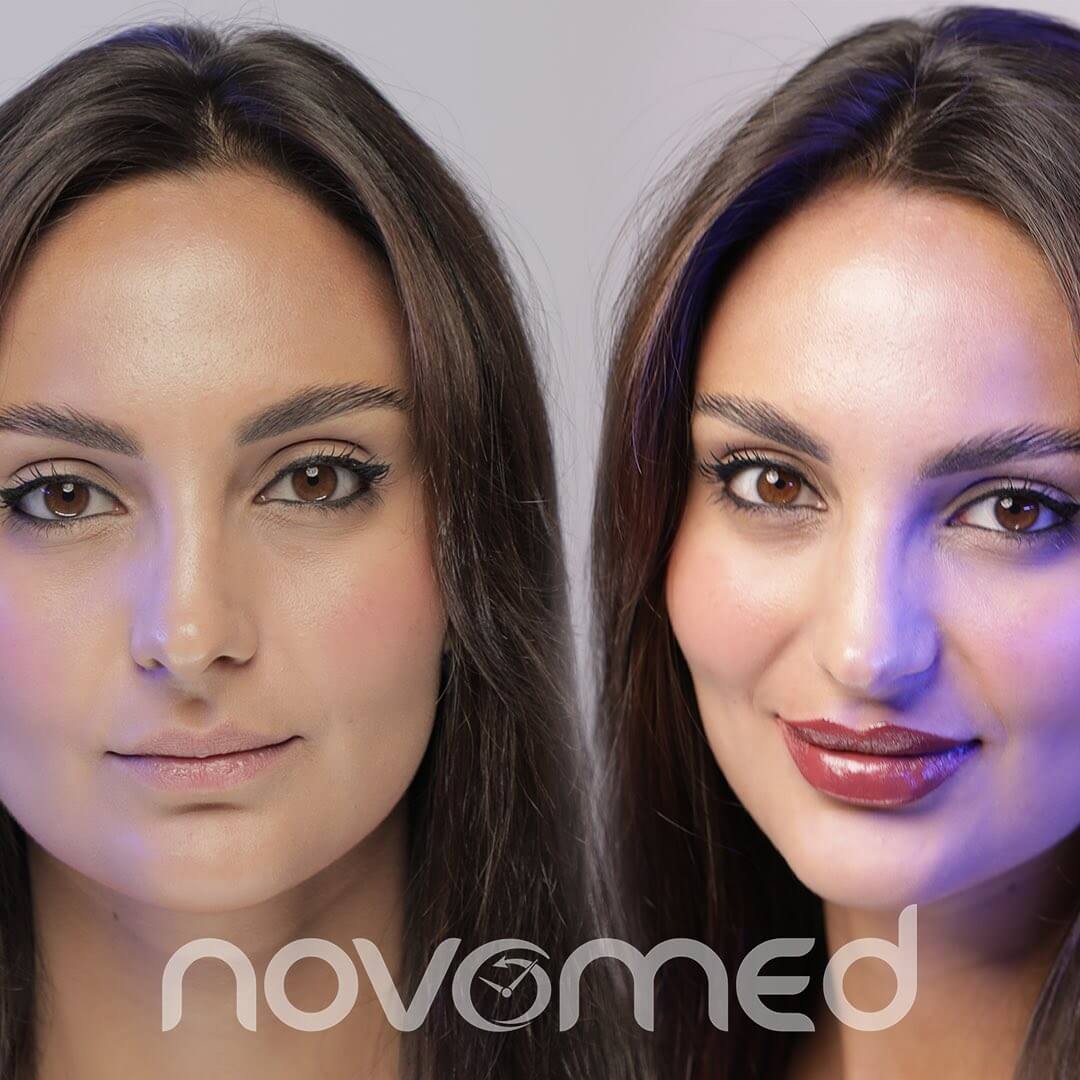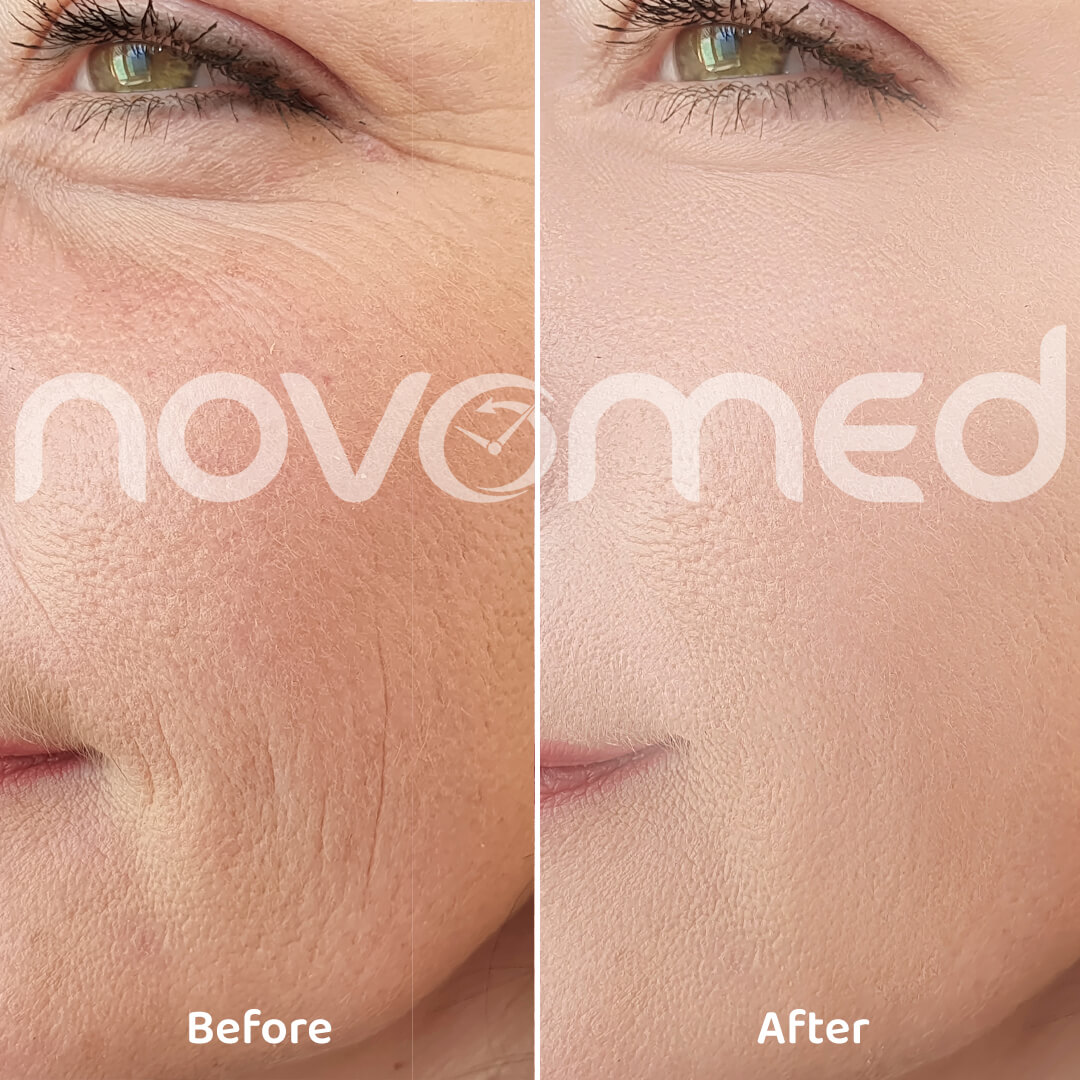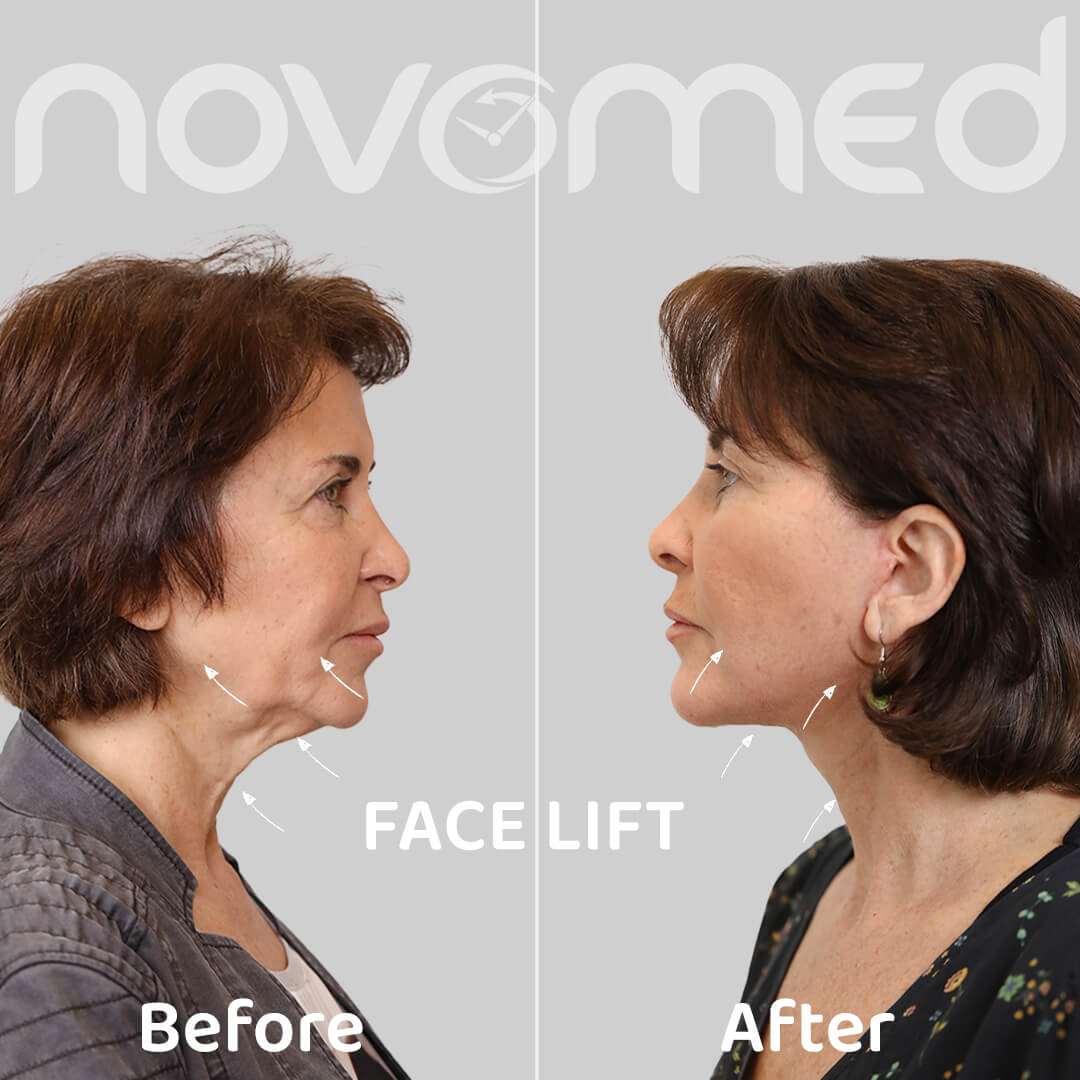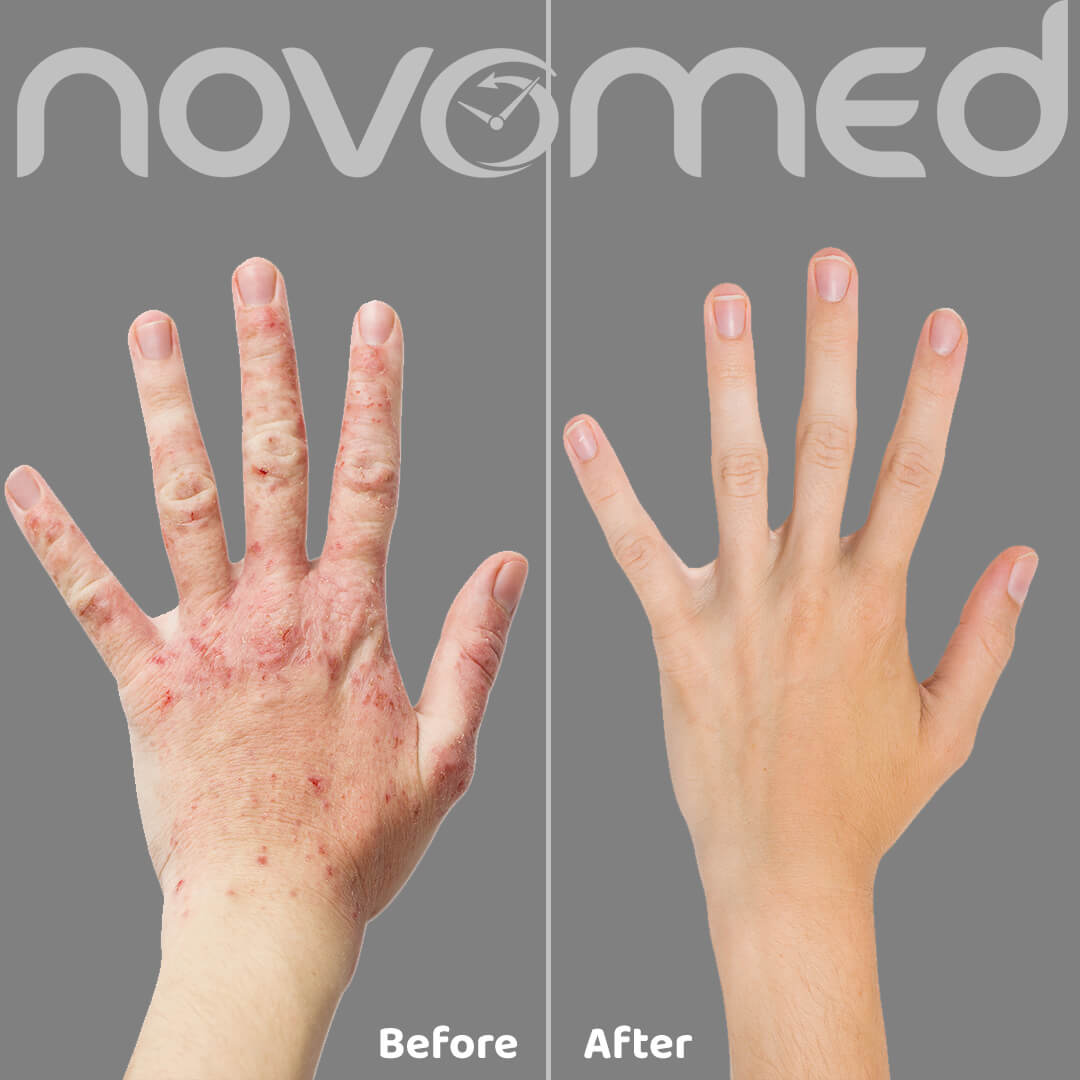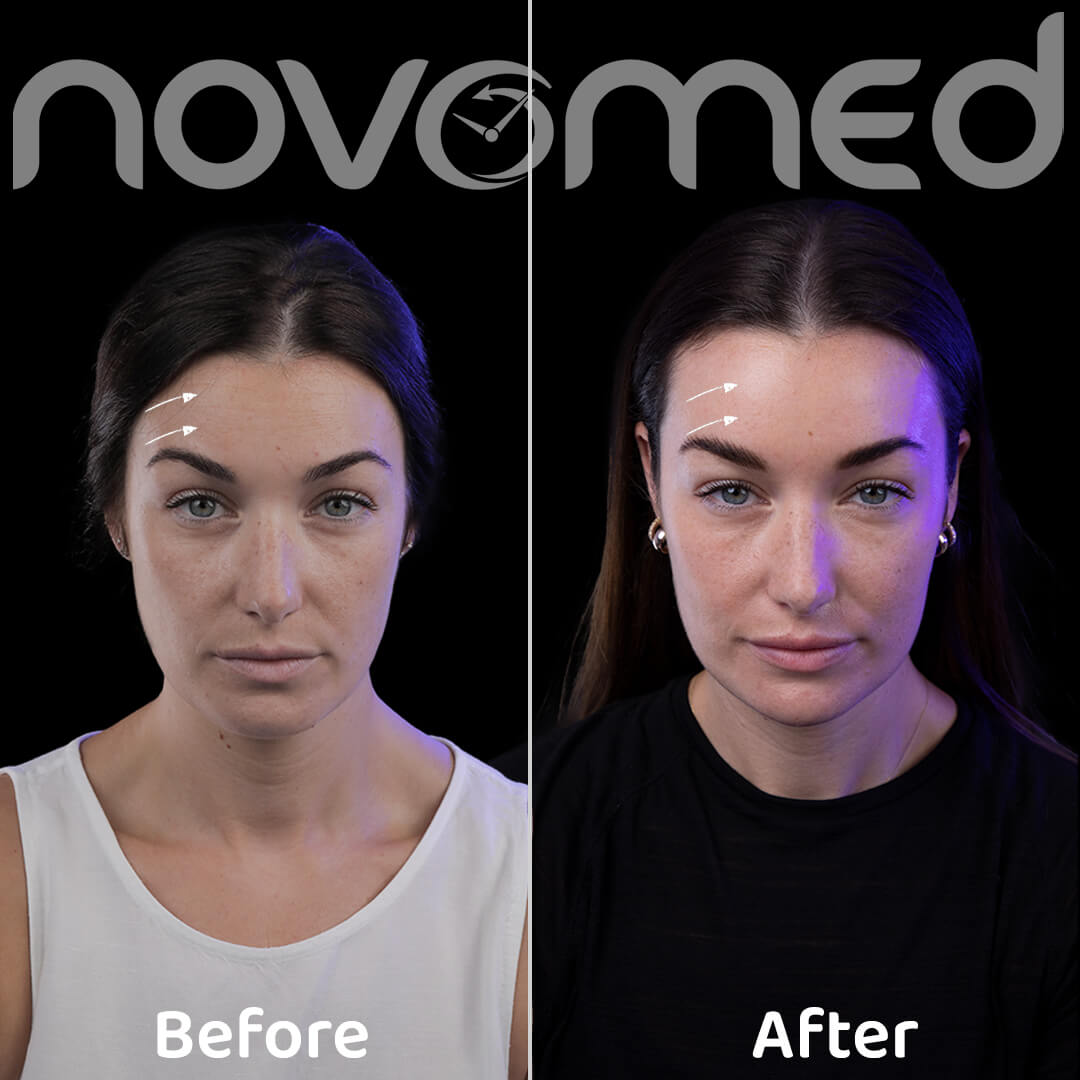Anaphylaxis
Anaphylaxis is an allergic reaction that involves the whole body. It is a serious condition that should be treated immediately. While most people think that it is only allergens in dairy and tree nuts that bring on anaphylaxis, there are other triggers too, for example, latex and insect bite allergies.
Contact dermatitis
Contact dermatitis refers to any reaction that occurs when skin comes into contact with irritants or allergens. It usually manifests as a rash, redness or blistering. Nickel allergies and a sensitivity to formaldehyde are examples of contact dermatitis.
Atopic dermatitis
Atopic dermatitis is a chronic inflammatory disease that usually begins in very early childhood. In children it can indicate a tendency toward asthma and/or allergic rhinitis (hay fever). It is characterised by itchy, dry skin, and is often accompanied by redness and blisters. Eczema is an example of atopic dermatitis.
Urticaria
Urticaria are more commonly known as hives. These red, itchy bumps vary in size and appear in the shallow layers of the skin. They are caused by histamine being released, most often as an acute reaction to substances such as medications or latex.
Angioedema
Angioedema is a deep swelling of the skin. It is similar to hives, but it occurs in deeper skin layers, whereas hives occurs in the superficial layers. Angioedema often involves the face, tongue, extremities or genitalia and commonly occurs in conjunction with hives as a reaction to allergens or irritants.
About Latex Allergies
Latex allergy and latex sensitivity both describe an immunologic reaction to latex. The sufferer has a reaction to the proteins found in latex or to the chemical substances used in manufacturing latex.

Natural latex is made from the sap of the rubber tree, whereas synthetic latex is manufactured from petrochemicals. Either of these forms of latex can be used to make a variety of products, including balloons, rubber gloves, rubber bands, condoms, toys, adhesives, and shoe soles.
About Drug & Medication Allergies
Any medication has the potential to cause an allergic reaction. It is important to identify an allergic reaction to a medication quickly because the symptoms can be very uncomfortable or even life-threatening.
Why do Drug Allergies Occur?
Allergic reactions don’t usually occur the very first time a person takes a specific medication. If you have an immediate reaction you may have been exposed to the medication or a medication in the same drug class without knowing it.
It is also possible that what you think may be a drug allergy could actually be drug interactions or aside effect of taking the drug. For this reason, it is vital during a consultation to tell your doctor about all of the medications you have been taking.
As reactions to medication can be complicated, it is essential that you seek medical attention quickly. The specialists at Novomed Allergy & Asthma Centers will help determine whether you are having an allergic reaction, as opposed to a side effect of the medication. Allergic reactions can be very dangerous and our allergy doctors will assist you in recognizing the symptoms.
What Are the Common Allergic Reactions?
Signs of an allergic reaction to a medication can include:
- Asthma attack
- Hives or rash
- Itching
- Swelling (of the tongue or lips, for example)
- Loss of consciousness
- Anaphylaxis
What are the Most Common Side Effects?
Common side effects to medication that are not usually considered allergic reactions are:
- Heartburn
- Diarrhea
- Dry mouth
- Headache
- Racing heart
About Metal Allergies
What Are Metal Allergies & Sensitivities?
If you have either an allergy or a sensitivity to certain metals, you could experience problems with dental metals used in crowns and dental implants. Patients with nickel allergies sometimes suffer from swelling and inflammation after getting crowns or implants fitted. Even if the crown is porcelain, the porcelain is fused to metal for added strength and stability. Metals are also used to reduce the cost of restorative dentistry, but they could affect you adversely.
Dental fillings contain a mix of various metals, including mercury. In a few patients, these metals can cause localized allergy symptoms that are similar to contact dermatitis.
How Common Are Dental Metal Allergies?
Dental metal allergies are rare, but for those who are allergic, there are metal-free options available. If you have a dental allergy or sensitivity, or if you don’t like the idea of having metals in your mouth and jawbone, you could have your current restorations replaced and future ones made from metal-free materials. Ceramic and zirconia are two of the most biologically compatible materials available. These bio-compatible materials are white and have the advantage of looking more natural. They are also generally better received by the surrounding gum tissue. Patients with metal sensitivities will notice the difference immediately when they have their restorations replaced with these materials.






